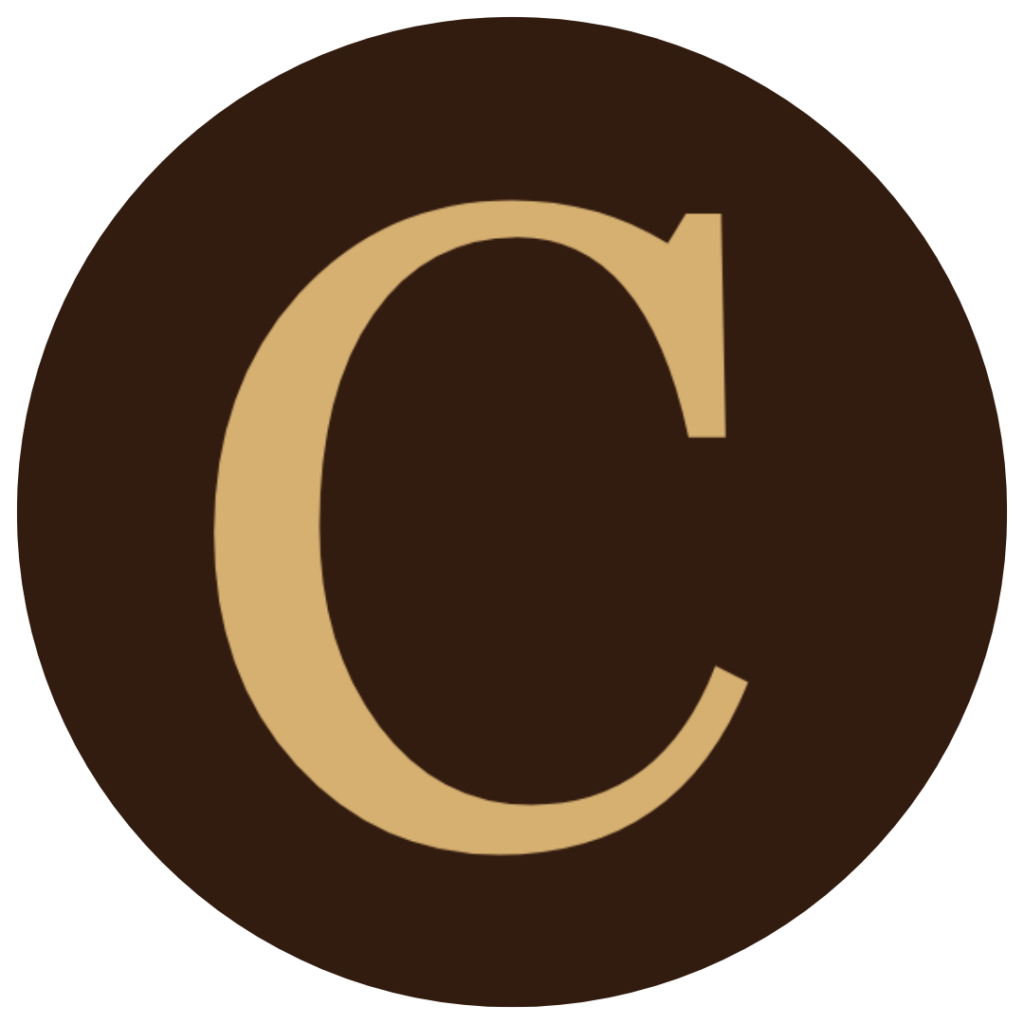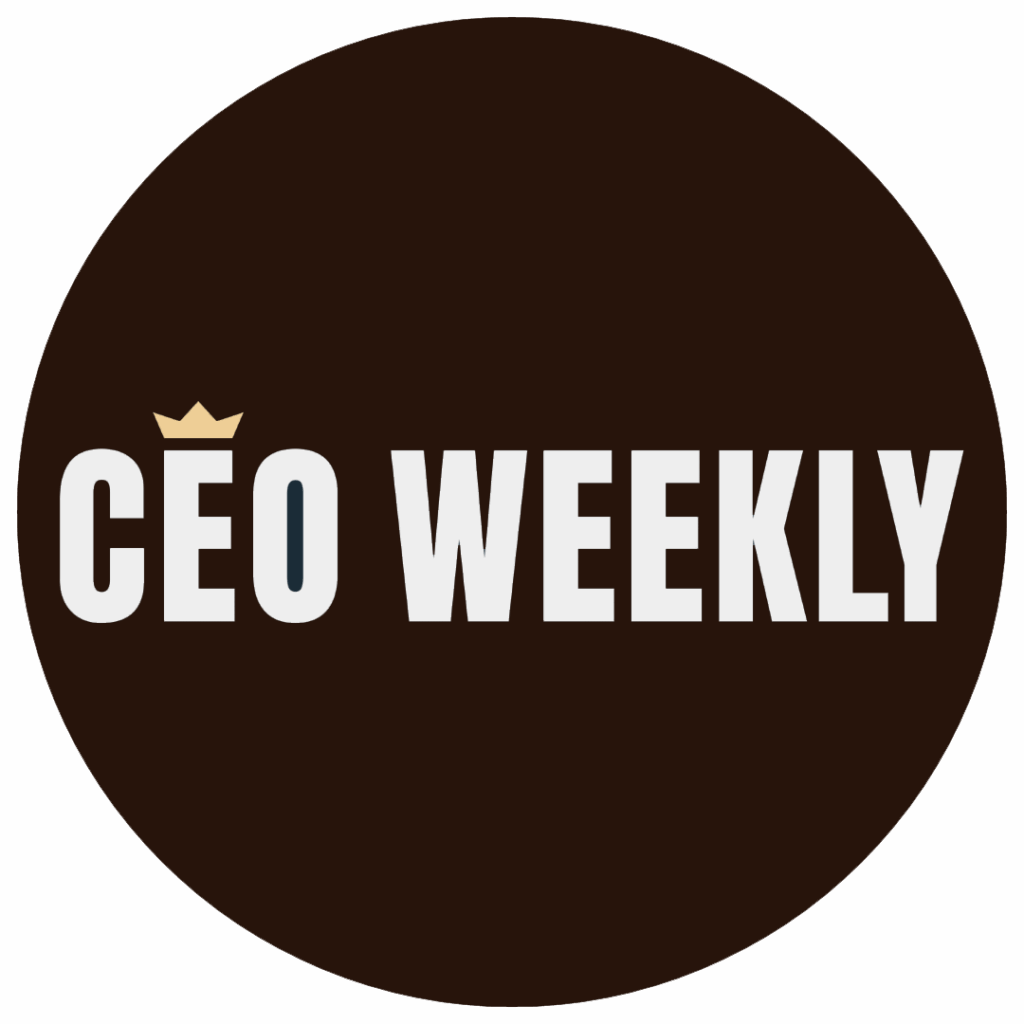Let’s chat about tariffs, those extra taxes placed on imported goods. For entrepreneurs, especially those running smaller ventures, these can feel like a real rollercoaster ride. So, are tariffs a good thing or a bad thing for them? Well, it’s rarely a simple “yes” or “no” answer; it often depends a lot on the kind of business an entrepreneur runs and how flexible they can be when the rules change.
Read also: Trading Smarter: Omer Barnes on How AI Is Transforming Global Import and Export for Entrepreneurs
A Bit of Both: When Tariffs Give a Boost and When They Cause Headaches
For some entrepreneurs, tariffs can actually seem quite appealing at first glance. If a business owner creates products right here at home, and suddenly tariffs are applied to similar items coming from other countries, it might just make their locally produced goods more appealing to customers. This could mean more people choose their products because the foreign options are now pricier. This kind of “protection” might lead to a nice bump in local sales, helping the business grow, and perhaps even allowing them to hire more people. It is almost like the government is giving them a small advantage in the marketplace.
However, for a huge number of entrepreneurs, particularly those guiding small or medium-sized operations, tariffs often bring more challenges than advantages. This is where things tend to get quite tricky. Many entrepreneurs today rely on global supply chains, meaning they might bring in raw materials, specific parts, or even completely finished products from other countries. They then either use these items to build something new or sell them directly. When tariffs hit these imported goods, an entrepreneur’s costs can suddenly jump significantly. Imagine a small company that designs custom furniture but needs to import specialized wood from overseas; a tariff on that wood means the cost to create each piece of furniture just climbed higher.
This unexpected rise in costs puts entrepreneurs in a difficult position, and none of their options are easy. They might try to absorb the extra expense themselves, which means their profit margins shrink. For entrepreneurs who are frequently operating on tight budgets, this can quickly make their business unsustainable. Alternatively, they could pass on the cost to their customers by raising prices. But doing this risks losing valuable customers, especially if their products become noticeably more expensive than competitors’ offerings or if their customers are very sensitive to price changes. It can certainly hurt customer loyalty and make it tougher to attract new buyers. Beyond just the direct cost, tariffs can also create supply chain complications, leading to frustrating delays at customs, higher shipping fees, or even requiring them to search for completely new suppliers. For a smaller entrepreneur, finding new, reliable suppliers can be a huge, time-consuming, and expensive task, often without the same bargaining power that larger corporations possess.
So, while a select group of local producers might experience a temporary benefit, most entrepreneurs, particularly those involved in importing or relying on imported components, generally find that tariffs represent a substantial hurdle, often resulting in increased costs, reduced profits, and market uncertainty.
Riding the Waves: How Entrepreneurs Navigate Tariff Challenges
Entrepreneurs are widely recognized for their resourcefulness and resilience, and tackling tariffs certainly puts those qualities to the test. Here is how many business owners try to steer their ventures through these often turbulent trade conditions:
One common approach involves revisiting their pricing strategies. Instead of simply adding the full tariff cost directly to their product prices, entrepreneurs might explore various ways to adjust things. This could mean selectively raising prices only on the most affected products, offering different pricing tiers, or even adding more valuable services to their products to justify a slightly higher cost. It usually involves a lot of careful market research to understand what customers are truly willing to pay and what their competitors are doing. Some might even decide to absorb a portion of the tariff while passing on the rest, hoping to find a balance that keeps customers content without completely eroding their earnings.
Many entrepreneurs also dedicate significant effort to optimizing and diversifying their supply chains. If they are importing from a country that suddenly faces high tariffs, they might start looking for alternative suppliers in other countries that do not have those same taxes, or they might even explore buying materials or finished products closer to home. This can be a complex process, involving new contracts, thorough quality checks, and potentially longer waiting times, but it is a robust way to reduce their reliance on risky regions. Some might even consider bringing manufacturing closer to home or even entirely back to their own country if the numbers begin to align more favorably compared to the tariff-inflated import costs.
Another practical strategy involves negotiating with existing suppliers. Entrepreneurs might try to work out new terms with their international partners, asking them to share some of the tariff burden through discounts or adjusted pricing. This certainly requires good relationships and strong negotiation skills, but it can help soften the blow of the new taxes. Similarly, they might also renegotiate current agreements with their customers, especially for larger or long-term clients, to account for the increased costs that tariffs bring.
Beyond simply managing their supply chains and adjusting prices, entrepreneurs also focus on streamlining their internal operations and managing their cash flow very carefully. This means looking for every possible way to reduce expenses, perhaps by adopting new technology or digital tools to improve efficiency, or by fine-tuning their inventory management to avoid tying up too much capital in goods that might become more expensive. Since tariffs can impact how much cash an entrepreneur has readily available by requiring upfront payments at customs, having robust financial planning and sometimes even securing flexible financing options become even more important.
Finally, some entrepreneurs might even consider exploring completely new markets if tariffs are making their existing international sales or imports too challenging. If tariffs are shrinking profits in one country, there might be exciting growth opportunities in other regions with more favorable trade policies. This could involve finding new customer bases for their products or discovering new places to source their supplies, essentially spreading their risk across different parts of the world.
Read also: How the Government Directly Affects Business Operations
The Entrepreneurial Spirit: Always Adapting to Uncertainty
For entrepreneurs, tariffs simply add another layer of uncertainty and complexity to what is already a pretty demanding business world. They truly force businesses to be flexible, to be quick on their feet, and to constantly reassess their plans. While tariffs can certainly introduce significant financial strain and operational headaches, the true entrepreneurial spirit often shines brightly in how these business owners innovate and discover creative ways to navigate these new trade barriers. It is a real testament to their resilience and resourcefulness that they seek out solutions, whether that means changing suppliers, adjusting prices, or even re-thinking their entire business model, all to keep their ventures thriving amidst the ever-shifting global economic landscape.








